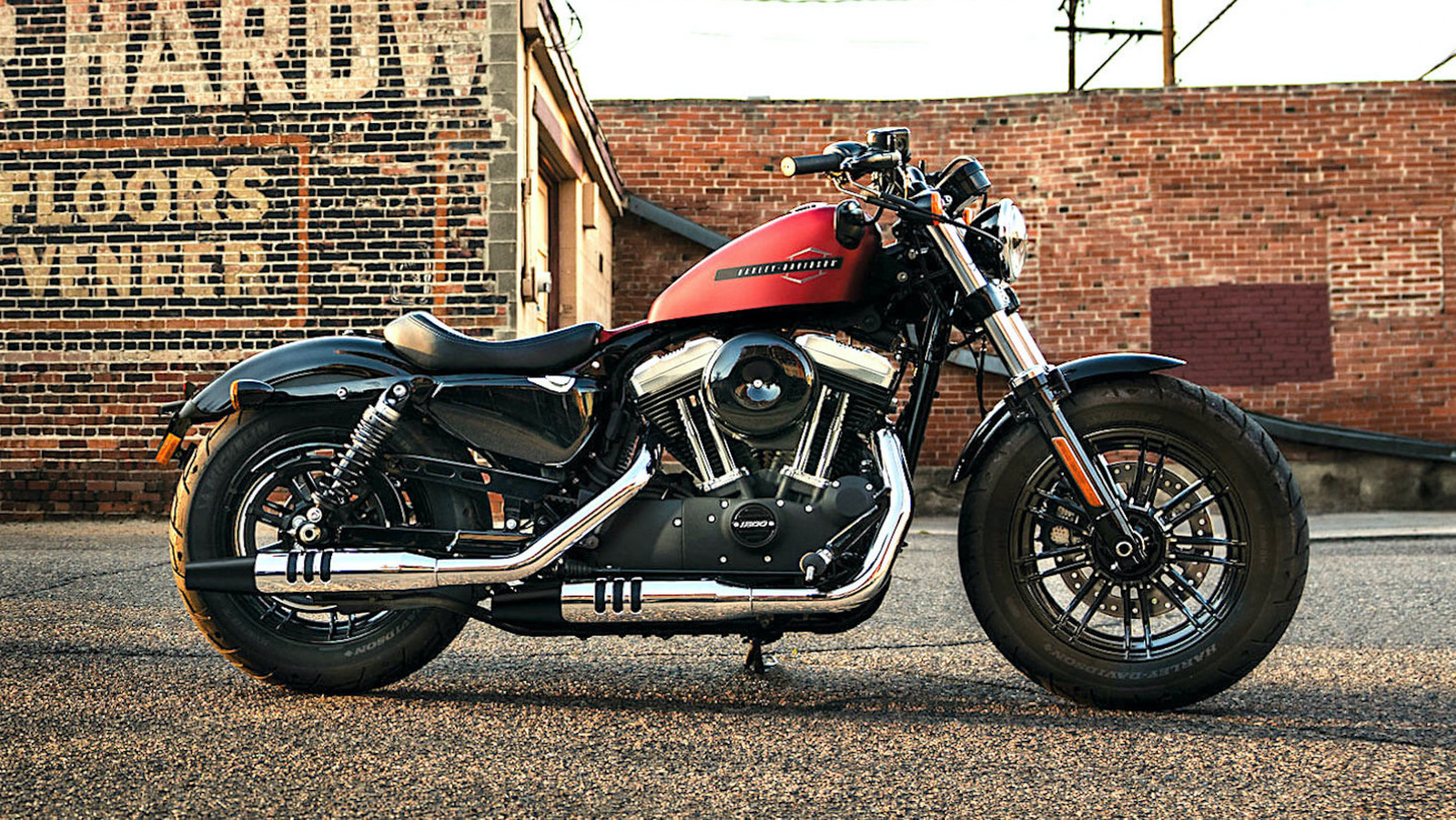
When the axe officially fell on the Harley-Davidson Forty-Eight, it was largely the result of the company deciding to pull the plug on all of its Sportsters equipped with the celebrated Evolution (Evo) Engine. Harley-Davidson has, of course, continued to manufacture Sportsters in the ensuing years, with the make likely to be part of the company’s lineup as long as HD is still in business. However, newer Sportsters are equipped with Harley-Davidson’s more powerful Revolution Max engines, and for reasons unbeknownst to the Harley-loving masses, the Forty-Eight didn’t make the Revolution cut.
The Forty-Eight was not the only build affected by the death of the Evo-powered Sportsters, as it also meant the end of the line for the likes of the Iron 883 and the Iron 1200, the latter of which had already ceased to be available in Europe. The move was widely regarded as the end of an era for Harley-Davidson, in no small part because the Sportster lineup had been powered by Evolution engines since 1986.
If you’re unfamiliar with the Evo’s legacy, the air-cooled V-twin engine was developed during a tumultuous time in Harley-Davidson’s history, as years of lackluster sales and internal strife had left the iconic company on the precipice of bankruptcy by the early-1980s. But bikes equipped with the powerful, more reliable Evo engines proved an instant hit with the Harley-Davidson fanbase and sold so well that many credit the engine for the brand’s resurgence. Assuming that is the case, one can only imagine that Harley bosses did not take the decision lightly to end the last of the Evo bikes.

